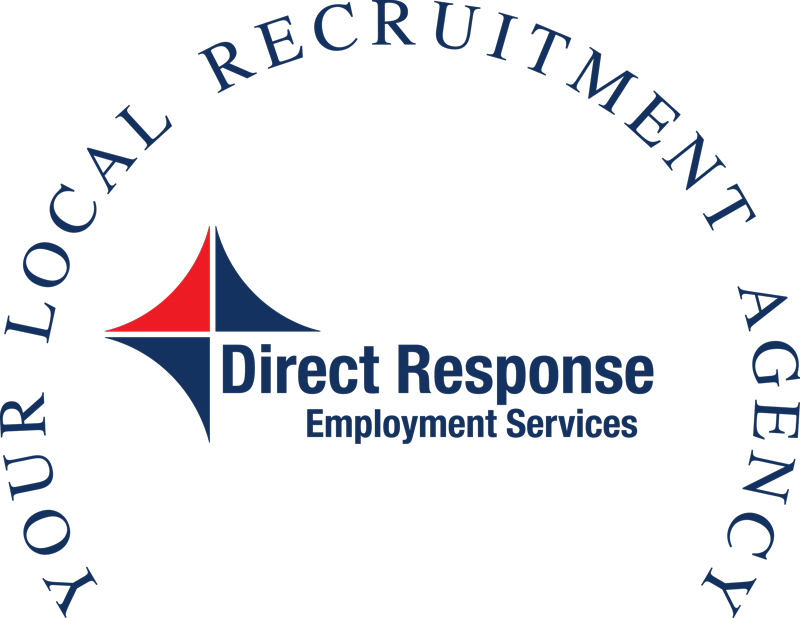Whilst at present there are no formal end to the government’s restrictions on work or travel, other countries have started to ease restrictions, so when will the UK government follow suit and what restrictions will be lifted? In addition to this, the Coronavirus job retention scheme is in place until June 30th 2020, so businesses will be needing to plan to bring employees back to work either before or on 1st July.
So how should Employers and Employees prepare for the return to the working environment after a lengthy time off?
When the government furlough scheme ends on June 30th, your business may still not need to bring all its existing workforce back at once. In this case you essentially have three options:
- )Agree reduced working hours with some or all staff
- )Furlough staff for a further period at your own expense
- )Consider redundancies
Reduced working hours
If your business has work for its staff but not a full level before restrictions, you may want to consider or ask staff to reduce their hours on a temporary basis. As with furlough, as this will be a temporary contractual change, you will need to have this agreed and signed in writing. Should you need to reduce workers hours, you will need to be clear about the reasons for it and be prepared to respond to questions from your staff.
Further Furlough
Should the coronavirus job retention scheme finish on the 30th June, that may not necessarily fit in with your own business timescale. It may be that you wish to or prefer to keep some staff on furlough for a further period as you implement a passed return to normal working.
If your furlough letter to individual employees did not include a specific end date, then you can continue to keep staff furloughed on the same terms as the CJRS, although your business would need to bear the full cost of their 80% payment and other employment costs. It would be sensible to write to employees to explain that you are continuing furlough for them (with an estimate of how long for if you can give it) as many will expect the end of the government scheme to mean a return to more normal working.
If your furlough letter did include an end date or linked furlough to the CJRS, you will need to seek further agreement from staff to continue being furloughed. Again, you will bear any employment costs and it would be sensible to give an estimate of how long the further period is likely to be.
Redundancies
Your business may need to seize trading, or you may only have enough work and requirements for less staff. In such a situation, at the end of the CJRS you may have no choice other than to make redundancies. While you need to follow the correct legal process, take any steps can to support employees through this process as redundancy will be a crushing blow to many people when they have just been through a challenging time.
Employees returning to their working environment
If you have been placed on furlough or been asked to work remotely, it is likely that you have come out of your normal routine and become comfortable for the last few weeks/months knowing you do not have to get up and travel to work in the morning. So, what are the best ways for you to prepare to get yourself ready for returning to work?
- )Have a couple of early nights, go to bed at a time you would normally and set your alarm for the time you would be getting up to go to work and stick to it because otherwise it will be a shock to the system when that time comes
- )Eat healthier and drink plenty of water – a healthy and clean eating helps you feel good about yourself and you will not feel sluggish and tired.
- )Prepare for your day/week ahead. Get your work attire out and ready. Act as if it were your first day on the new job. What do you need to take to work? Is there anything specific you need?
- )Check with your employer and see if it is 100% save to return to work.
- )Prepare yourself mentally – having had some considerable time off and not having been able to go out as often as you will have liked, your mindset must be focused and ready to give your all for when you return to work. If you feel you are not 100% then speak with your boss or colleagues about this as they may be able to offer you some comfort and positivity to help you.
We hope that you are all keeping to the government guidelines and remain social distancing, and once we are back to some form of normality, we see you all again. Remember to remain kind to others, help others when you think they need it most and always check in on others because you never know, that one call or message may be the boost that they need to put a smile on their face. 😊



